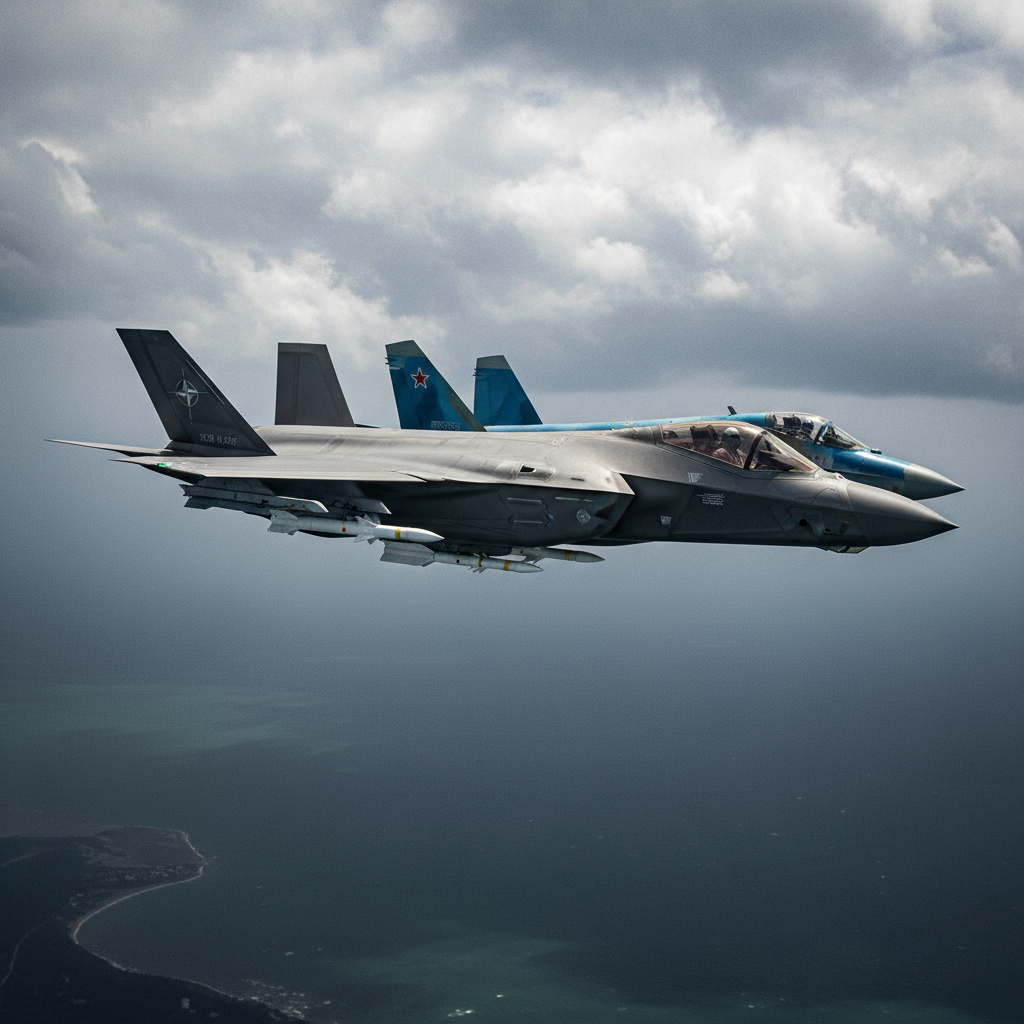Physical Address
304 North Cardinal St.
Dorchester Center, MA 02124
Physical Address
304 North Cardinal St.
Dorchester Center, MA 02124
Global aviation news tracker
Global aviation news tracker

NATO is considering a policy shift that could let alliance pilots fire on Russian aircraft after repeated airspace incursions.
NATO fire on Russian aircraft is under active review after a string of airspace violations over allied territory. At a high-level meeting on October 10, 2025, defence officials discussed tightening rules of engagement to strengthen deterrence and clarify air policing procedures across Europe.
The proposal is framed as a measured change to air-policing authority rather than an invitation to escalate. Officials say the aim is to give front-line pilots clearer legal and tactical guidance when intercepting unidentified or hostile aircraft near NATO members’ borders. The discussion follows increased Russian military flights reported near NATO airspace in recent months.
Delegates explored options that range from firmer intercept protocols to explicit authorization for proportionate force in narrowly defined circumstances. Any change would require political approval from NATO members and would be integrated into existing national rules of engagement and air-policing agreements. Analysts caution that shifting to a shoot-authorize posture carries diplomatic and operational risks.
How this plays out operationally will shape routine air policing missions flown by NATO members, including quick reaction alert (QRA) sorties flown from bases around Europe. Commanders will need updated guidance, and allied governments must weigh legal, strategic, and public-safety implications before any formal change.
The October 10 talks make clear NATO is focused on deterrence — sending a clearer message to stop incursions while attempting to avoid unintended escalation. For travellers and aviation observers, the debate signals a potential tightening of what has long been a cautious, defensive posture in alliance airspace operations.